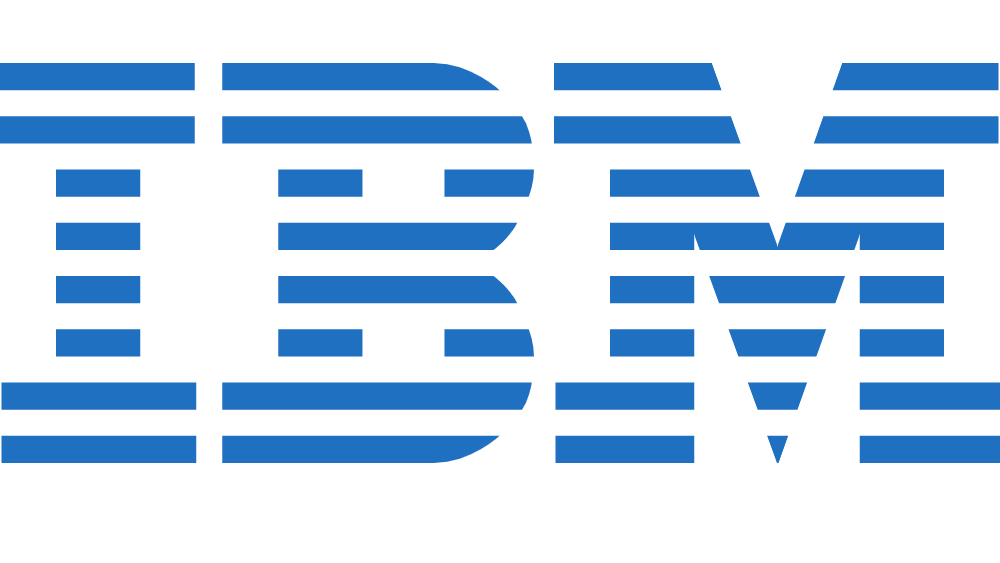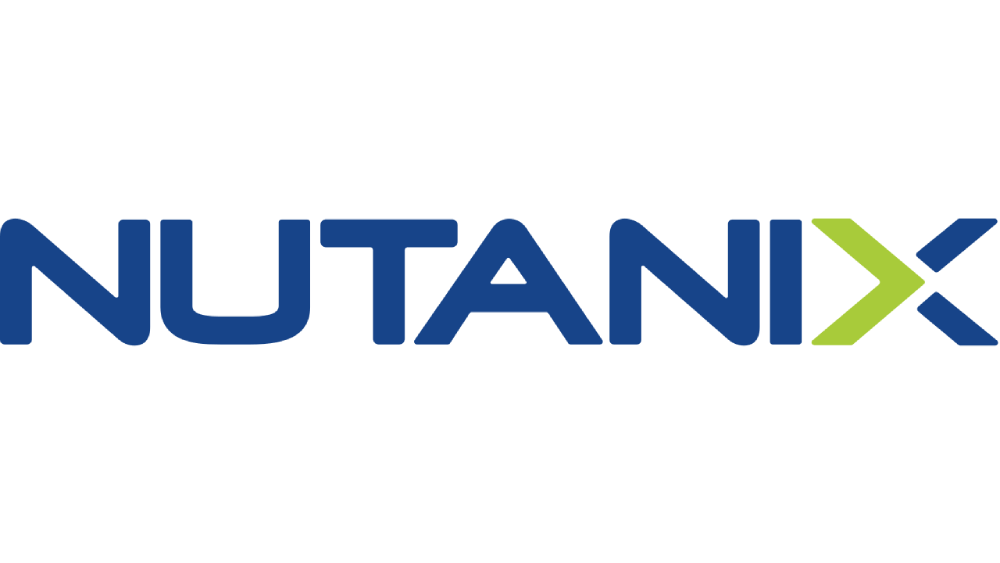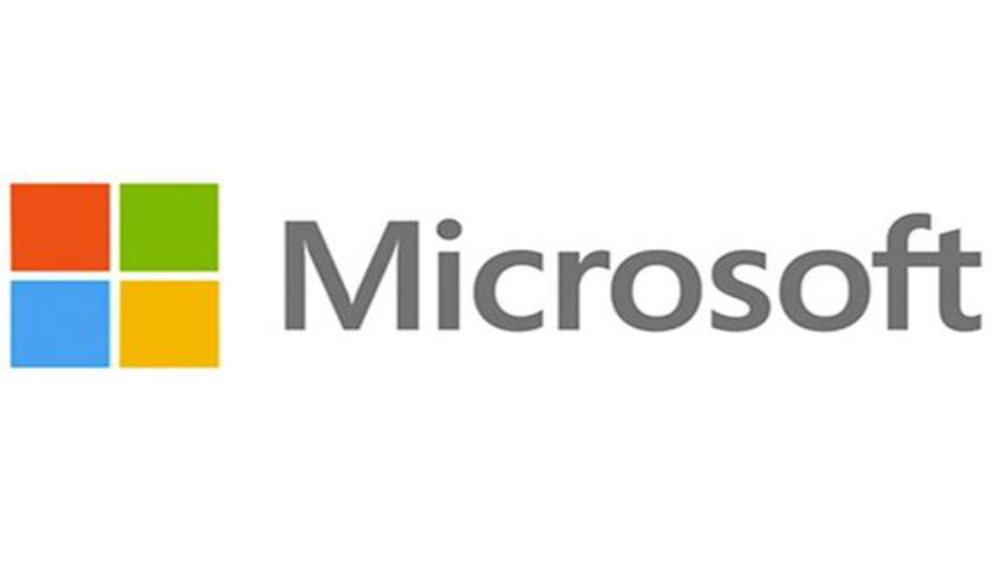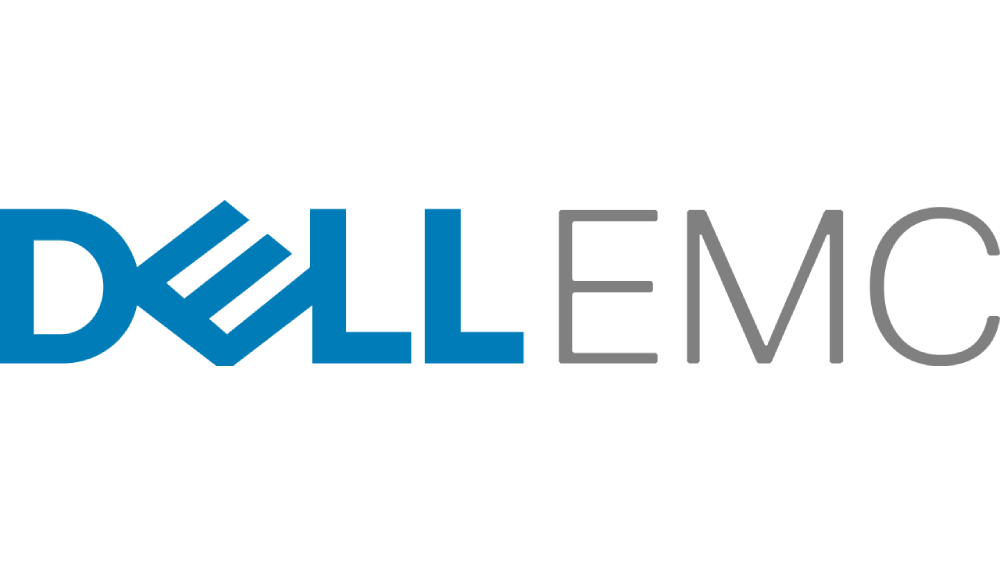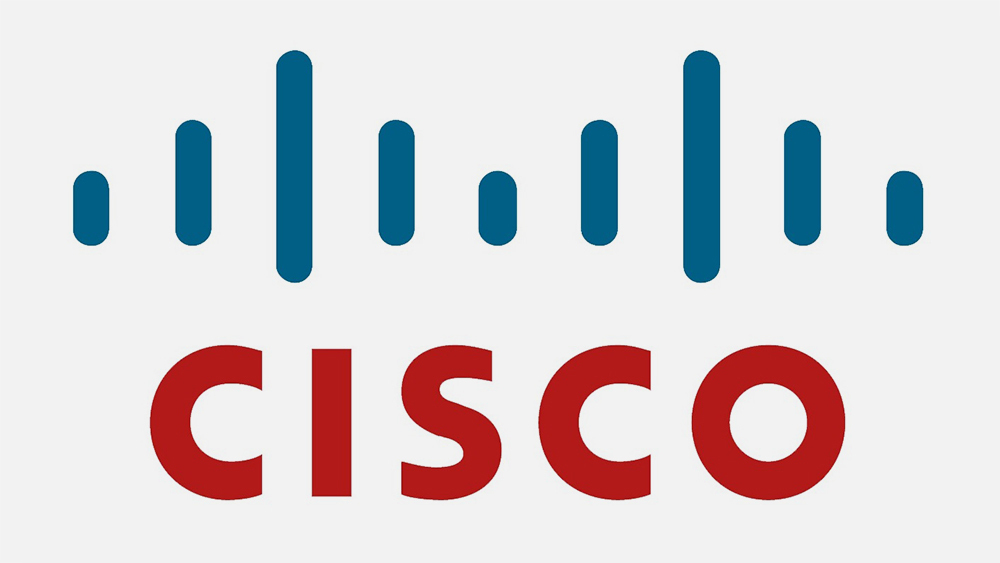SDWAN
SD-WAN is a software-defined approach to managing the wide-area network, or WAN.
Key advantages include:
- Reducing costs with transport independence across MPLS, 3G/4G LTE, etc.
- Improving business application performance and increasing agility.
- Optimizing the user experience and efficiency for SaaS and public cloud applications.
- Simplifying operations with automation and cloud-based management.
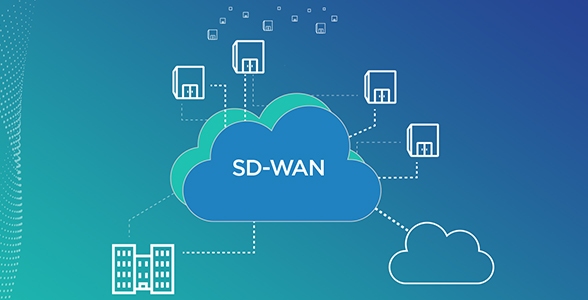
Benefits of SD-WAN
- Simplify management. As a centralized, cloud-delivered WAN architecture, SD-WAN makes it easy to scale across thousands of endpoints, whether they are in the branch, campus, or cloud. IT has the ability to automate zero-touch deployment globally, using a single management interface.
- Improve the user experience. WAN optimization delivers optimal cloud application performance from multiple clouds to users anywhere. In the event of link failure or link degradation, application-aware routing can dynamically route traffic between dedicated circuits and secure Internet connections to drive constant delivery of business-critical applications. Additionally, businesses realize OpEx improvements by offloading expensive MPLS services with more economical and flexible broadband (including secure VPN connections).
- Increase security. Threat prevention is enforced at the right place. SD-WAN architecture features distributed security at the branch level. Data does not have to travel back to the headquarters or data center for advanced security protection (such as a firewall, DNS enforcement, or intrusion prevention).

